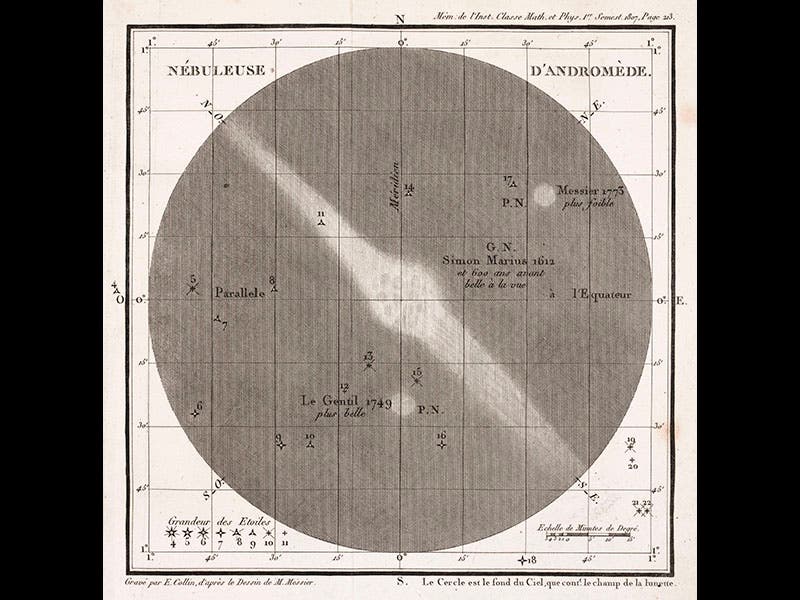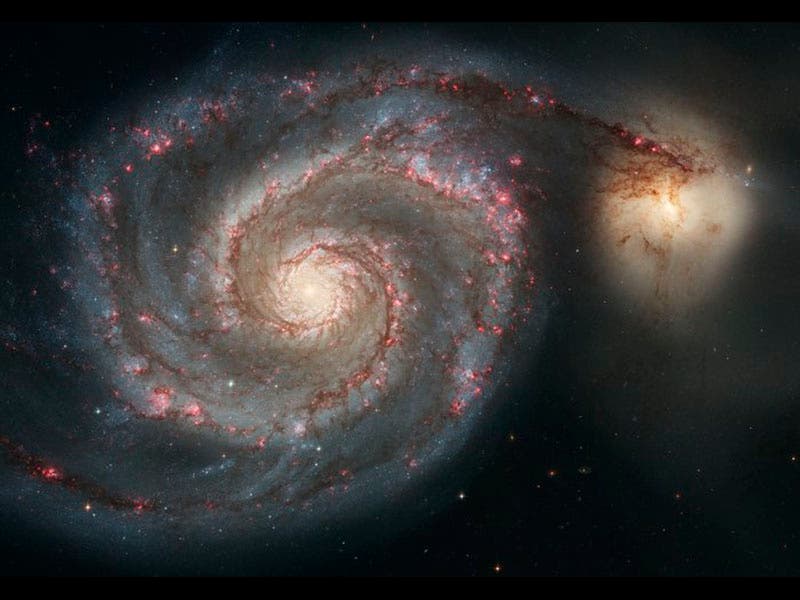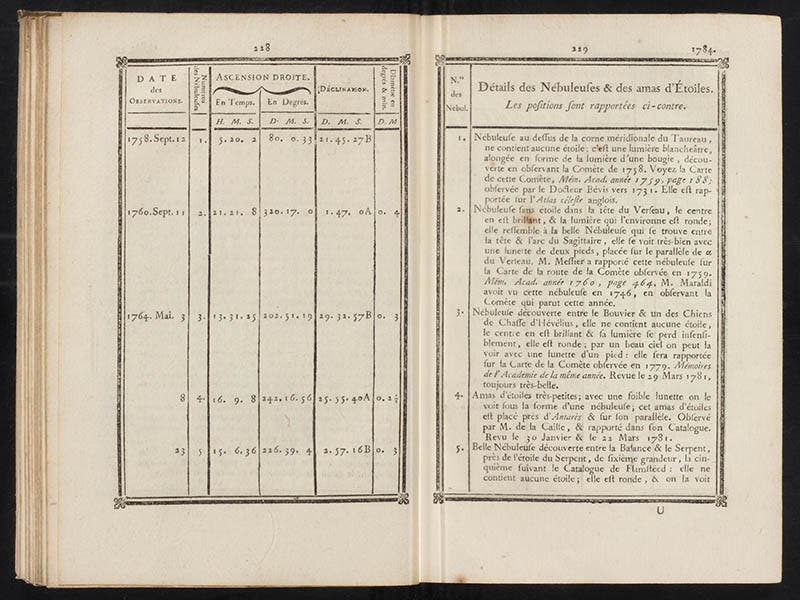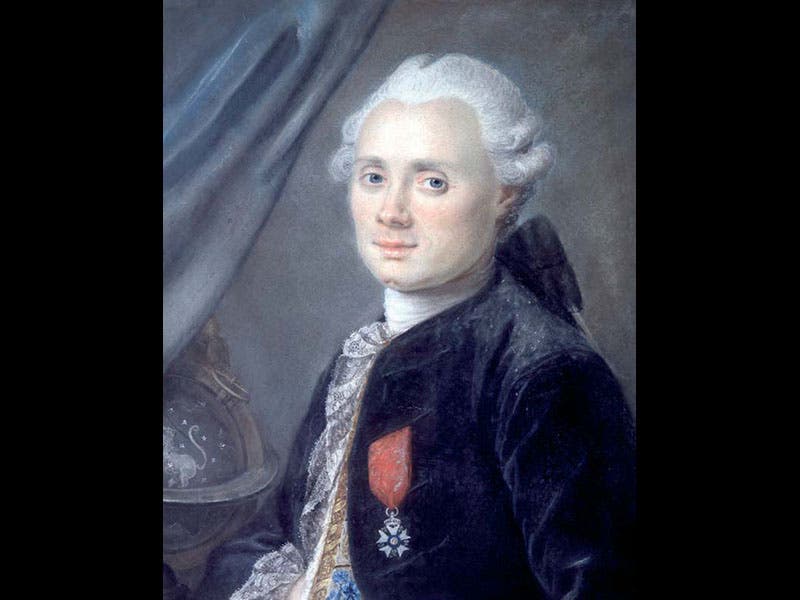Scientist of the Day - Charles Messier
Charles Messier, a French astronomer, was born June 26, 1730. Messier was one of the great comet-hunters of the 18th-century, but he grew perturbed when he lost time observing comet-like objects that turned out not to be comets, especially those fuzzy objects called nebulae. So Messier began keeping track of the nebulae as he encountered them, to prevent future waste of effort, and by 1781 he had a list of 103 nebulae, which he published that year in a French almanac, the Connaissance des Temps pour 1784.
As fate would have it, nebulae turned out to be much more important cosmologically than comets; some of them, like M42, the great Orion nebula, are huge clouds of gas where stars are born; others, like M1, the Crab nebula, are the remains of exploded supernovae, while still others, like M31, the Andromeda nebula, are actually galaxies of stars. The name “M31” means that this nebula was the 31st object in Messier’s 1781 nebula catalog. The History of Science Collection owns the volume of the Connaissance des Temps that contains the Messier nebulae catalog; it is one of our prize acquisitions, because we bought it for a song at an auction where no other buyer apparently knew why this volume of the Connaissance des Temps is so significant.
In our photo set, we include several early views of M31 (first image) and M42 (second image) by Messier, as well as several images from the Hubble Space Telescope of two other Messier objects, M51, the Whirlpool nebula (third image), and M83, the Southern Pinwhell nebula (fourth image). We also show a two-page spread from the 1781 Messier catalog of nebulae (fifth image).
The portrait (sixth image) has been used for many years to illustrate Messier biographies, but the location of the original has never been specified. If you know where the original hangs, please let us know.
Dr. William B. Ashworth, Jr., Consultant for the History of Science, Linda Hall Library and Associate Professor, Department of History, University of Missouri-Kansas City. Comments or corrections are welcome; please direct to ashworthw@umkc.edu.












